Out Now
The AI Issue
Current Issue
The AI Issue
OCT - NOV 2025
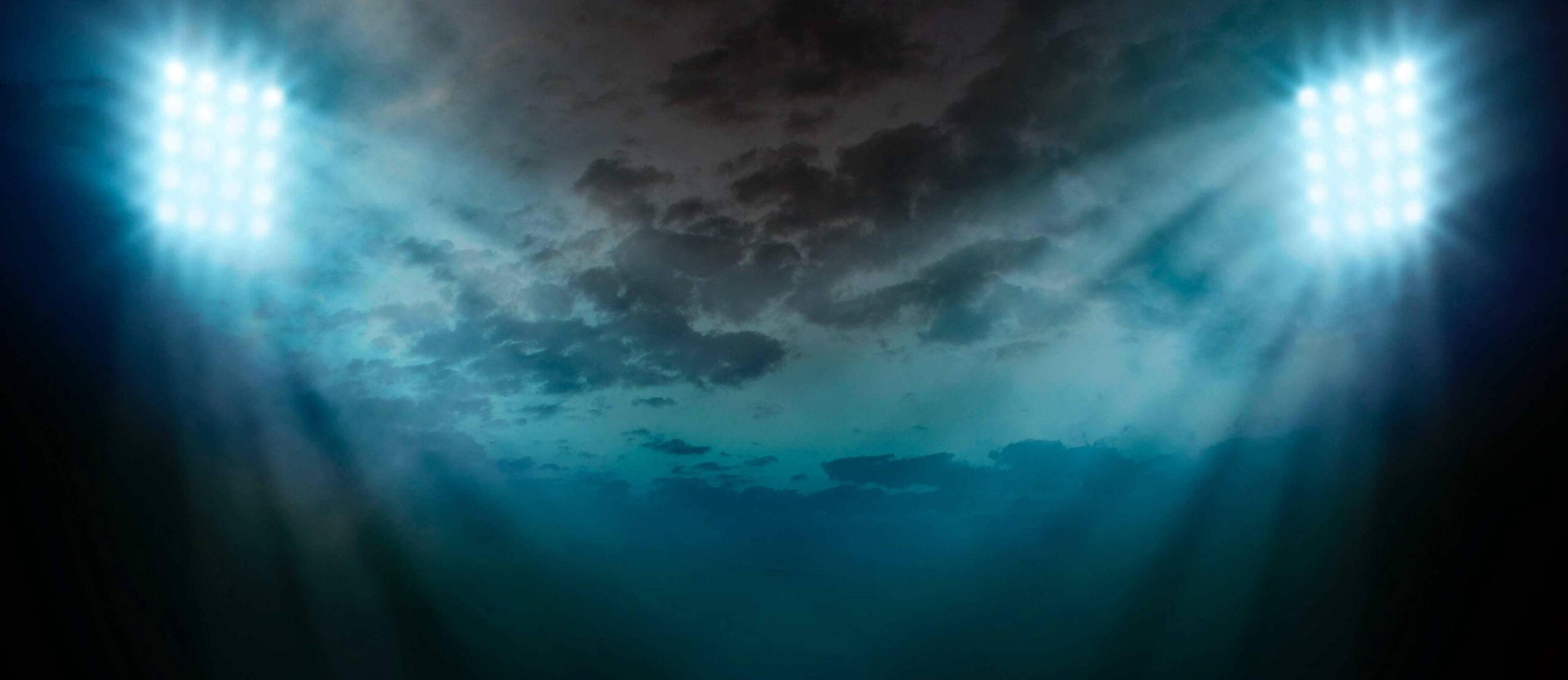
LED floodlights are number one choice in residential floodlighting – but why not in sports grounds?
Floodlights are a tried and tested way to keep residential and commercial properties illuminated. They provide safe passage for families and workers and deter would-be intruders from trying their luck on a dark night. And you can count on new technology to keep installers on their toes.
When LEDs first went mass market in the noughties, they were mostly used in globes and strip lights. Now they are way more efficient and have moved into bigger and brighter territory.
“LEDs have had a huge impact in the floodlight market,” says Mitchell Whittaker, Category Manager at Haneco Lighting.
So ubiquitous are they, in fact, that non-LED floodlights have all but disappeared from our backyards. “They’re not really a thing anymore due to the difficulty getting replacement lamps,” says Mitchell. “And with all the added benefits, it becomes an obvious decision to switch to LED.”
Beyond the obvious appeal of LED, most home and business owners also want their floodlighting to look good. Because manufacturers are now able to use fewer LEDs to create the same effect, fixtures are becoming increasingly more compact, and the latest polymer materials improve the appearance of the casing.
“The aesthetics have become sleeker and more compact,” says Mitchell. “Overall, they are visually more appealing than the traditional boxy nature of a HID floodlight. It will be interesting to look at the rise of new materials or composites outside of die-cast aluminium. Also, the use of 3D printers may impact where future manufacturing goes.”
There’s no denying that floodlights get a bad rap for light pollution and light trespass. While it might seem difficult to avoid this when your very purpose in life is to light up the night sky, advances in motion sensors, directional lights and energy efficiency are all helping to counteract the negative press.
While residential floodlights are switching to LEDs for obvious reasons, sports stadiums are slower to the game. But why?
Mitchell says, “I think it comes down to two things. First is the investment cost to upgrade to LEDs.”
“Second, LED technology, until quite recently, has not been advanced enough for high wattage usage. LEDs generate a lot of heat, and it’s vital for their reliability and longevity to stay as cool as possible. To manage this, a very large heatsink would be needed to control temperatures, resulting in a luminaire that’s far too heavy to be retrofitted into a stadium without extensive structural improvements to the grandstand. But the advancements of increased light efficacy and thermal efficiency now allow for close to a 1:1 ratio of weight and size, compared to traditional HID floodlights.”
“Over the next few years, the demand to upgrade stadiums will increase. With LED, a smart or ‘connected’ floodlight can do so many things. One example is their ability to turn on/off a light show instantly — this is something driving the desire to upgrade, especially as stadiums are used as multi-purpose venues.”
Keep up to date with our latest news and competitions by subscribing to our regular newsletter.
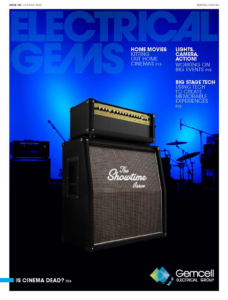
Issue 183
OCT - NOV 2024

Issue 182
AUG - SEPT 2024

Issue 181
JUN - JUL 2024

Issue 180
APR - MAY 2024
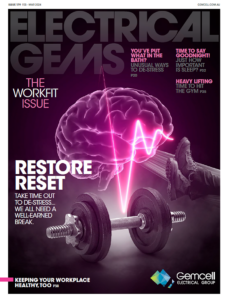
Issue 179
FEB - MARCH 2024
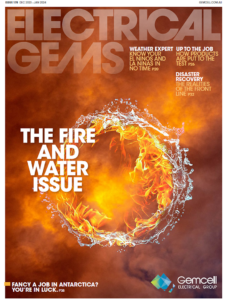
Issue 178
DEC 2023 - JAN 2024
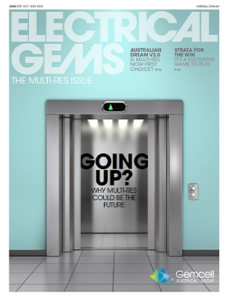
Issue 177
OCT - NOV 2023
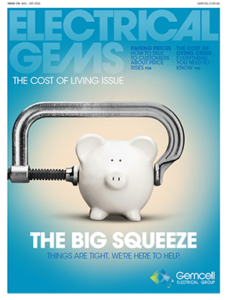
Issue 176
AUG - SEPT 2023

Issue 175
JUN - JUL 2023
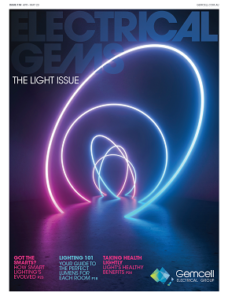
Issue 174
APR - MAY 2023

Issue 173
FEB - MAR 2023

Issue 172
DEC 2022 - JAN 2023

Issue 171
OCT - NOV 2022
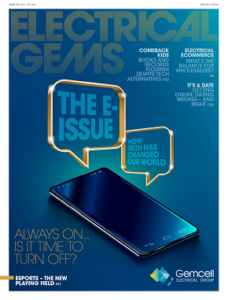
Issue 170
AUG - SEPT 2022
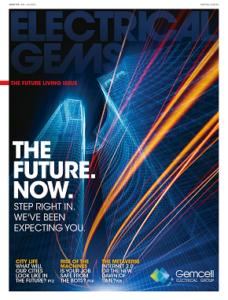
Issue 169
JUN - JUL 2022
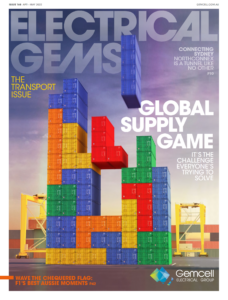
Issue 168
APR - MAY 2022
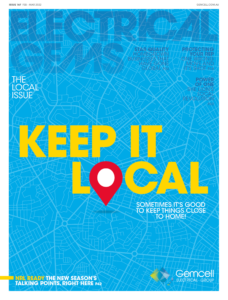
Issue 167
FEB - MAR 2022
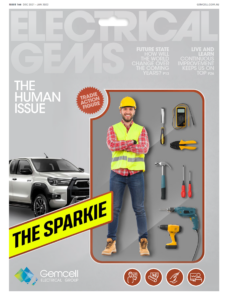
Issue 166
DEC 2021 - JAN 2022
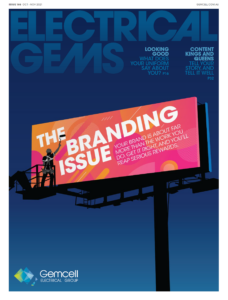
Issue 165
OCT - NOV 2021

Issue 164
AUG - SEPT 2021
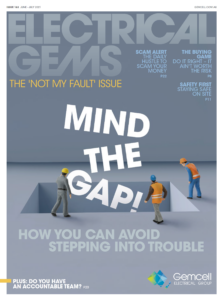
Issue 163
JUN - JUL 2021
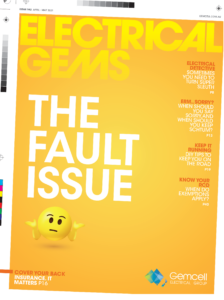
Issue 162
APR - MAY 2021
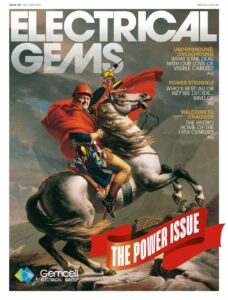
Issue 161
FEB - MAR 2021

Issue 160
DEC 2020 - JAN 2021
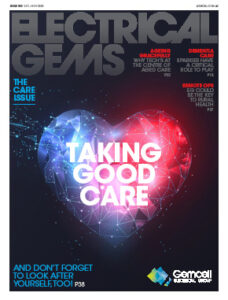
Issue 159
OCT - NOV 2020

Issue 158
AUG - SEPT 2020
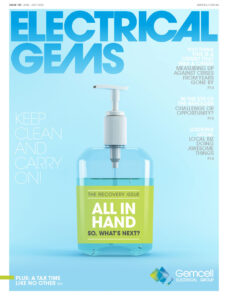
Issue 157
JUN - JUL 2022
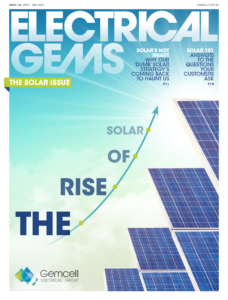
Issue 156
APR - MAY 2020
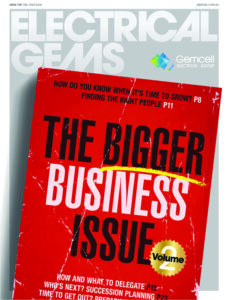
Issue 155
FEB - MAR 2020

Issue 154
DEC 2019 - JAN 2020

Issue 153
OCT - NOV 2019
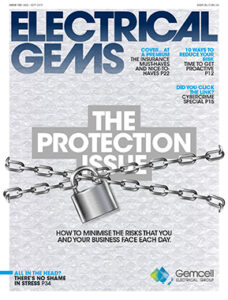
Issue 152
AUG - SEPT 2019
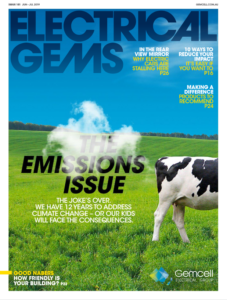
Issue 151
JUN - JUL 2019
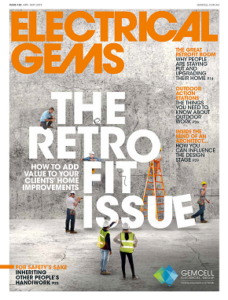
Issue 150
APR - MAY 2019
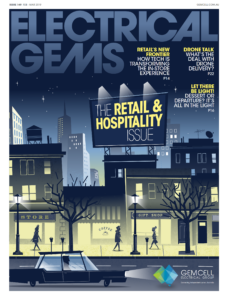
Issue 149
FEB - MAR 2019
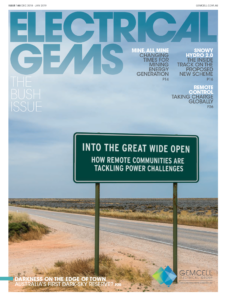
Issue 148
DEC 2018 - JAN 2019
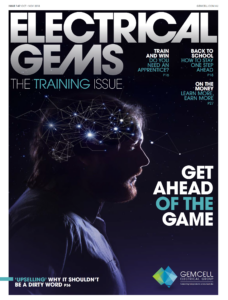
Issue 147
OCT - NOV 2018
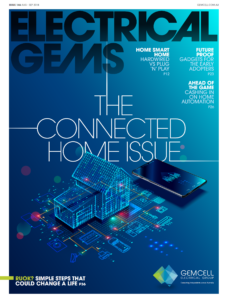
Issue 146
AUG - SEPT 2018

Issue 145
JUN - JUL 2018
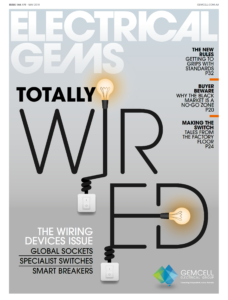
Issue 144
APR - MAY 2018
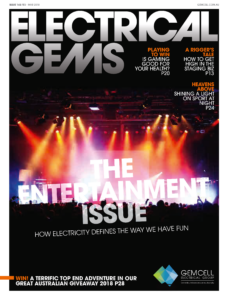
Issue 143
FEB - MAR 2018
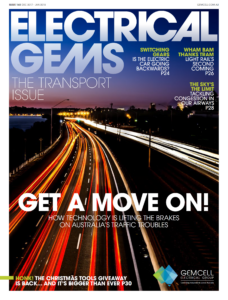
Issue 142
DEC 2016 - JAN 2017
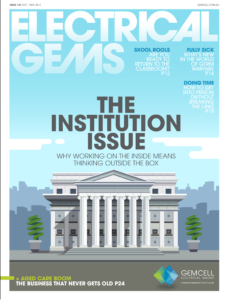
Issue 141
OCT- NOV 2017
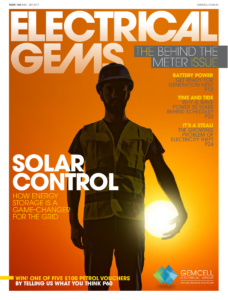
Issue 140
AUG - SEPT 2017
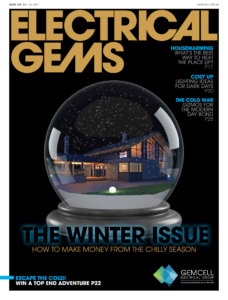
Issue 139
JUN - JUL 2017
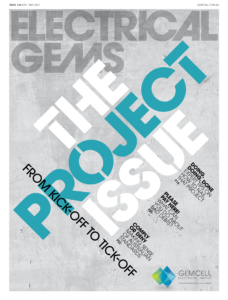
Issue 138
APR - MAY 2017

Issue 137
FEB - MAR 2017
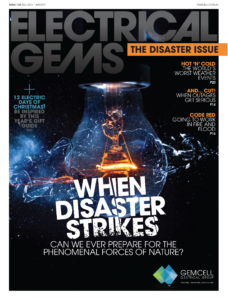
Issue 136
DEC 2016 - JAN 2017
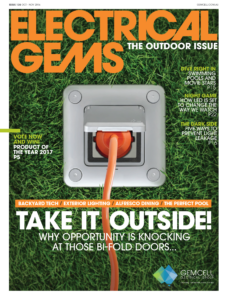
Issue 135
OCT - NOV 2017

Issue 134
AUG - SEPT 2016
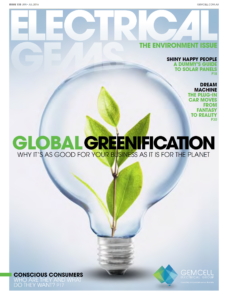
Issue 133
JUN - JUL 2016
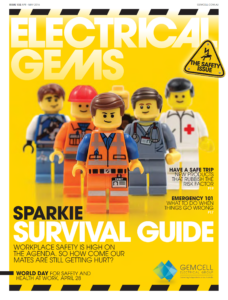
Issue 132
APR - MAY 2016
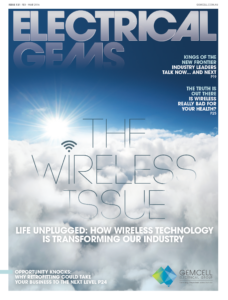
Issue 131
FEB - MAR 2016
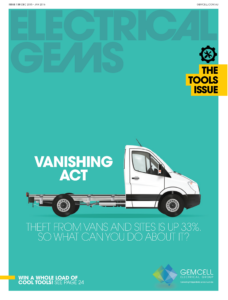
Issue 130
DEC 2015 - JAN 2016
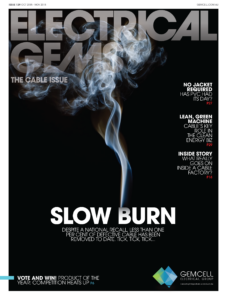
Issue 129
OCT - NOV 2015

Issue 128
AUG - SEPT 2015

Issue 127
JUN - JUL 2015
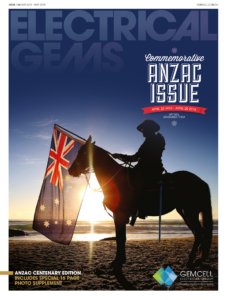
Issue 125
APR - MAY 2015
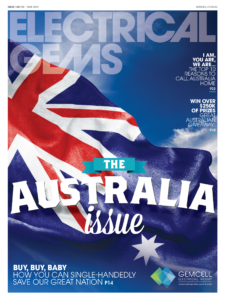
Issue 125
FEB - MAR 2015
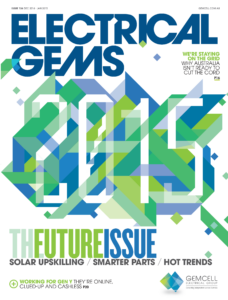
Issue 124
DEC 2014 - JAN 2015
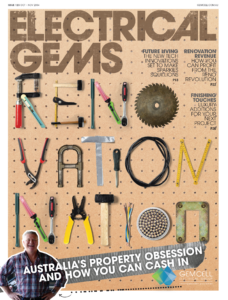
Issue 123
OCT - NOV 2014
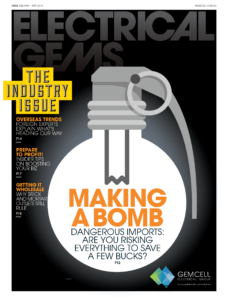
Issue 122
AUG - SEPT 2014
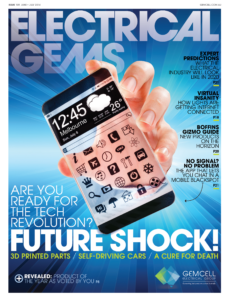
Issue 121
JUN - JUL 2014
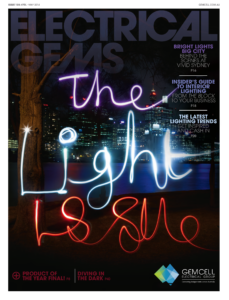
Issue 120
APR - MAY 2014

Issue 119
FEB - MAR 2014
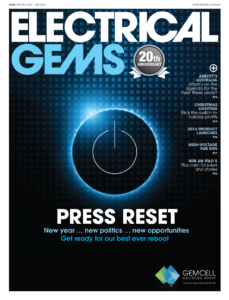
Issue 118
DEC 2013 - JAN 2014
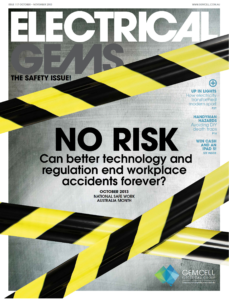
Issue 117
OCT - NOV 2013

Issue 116
AUG - SEPT 2013

Comments (0)
Write a Comment